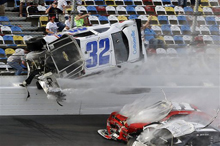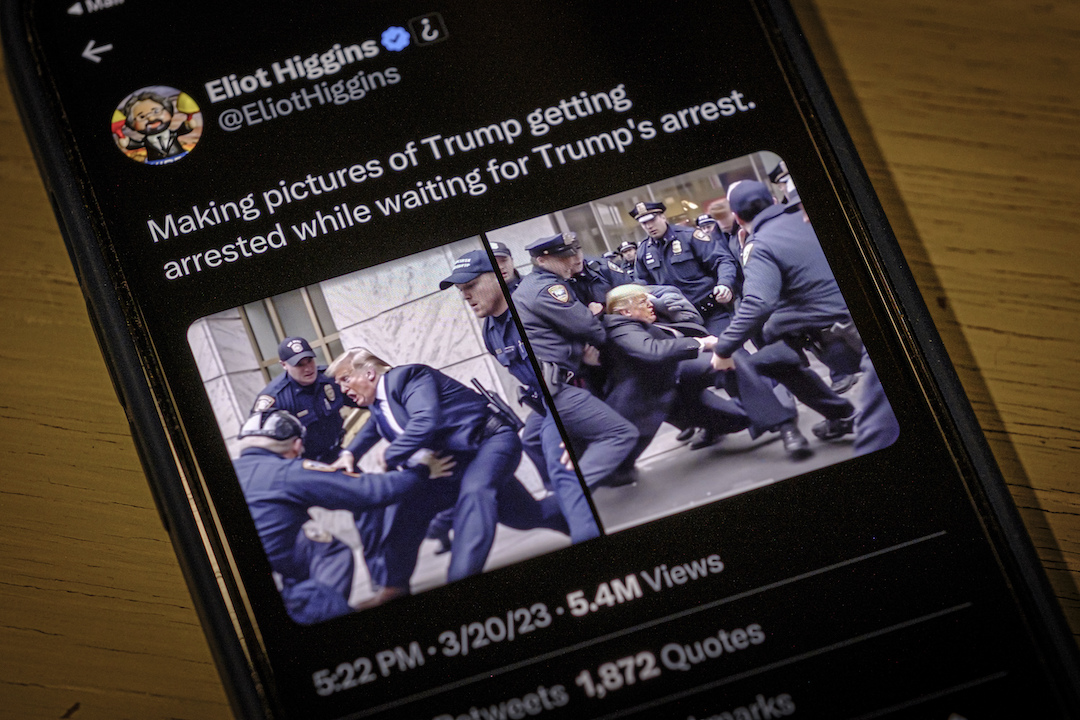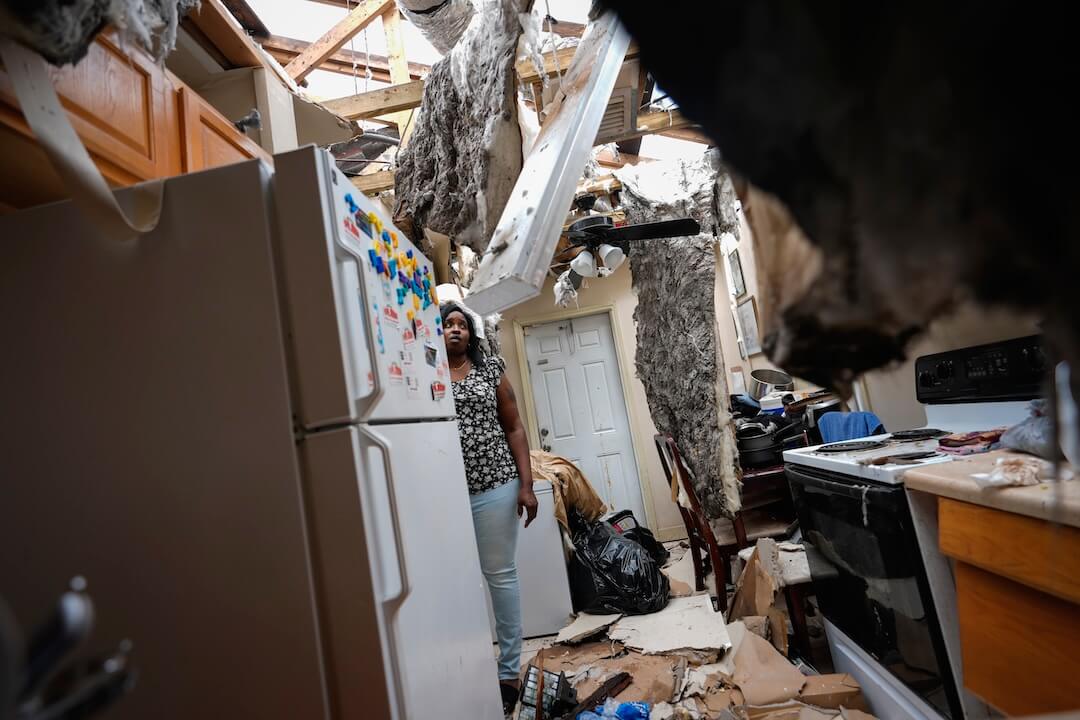
- Kyle Larson (32) goes airborne and into the catch fence during a multi-car crash involving Justin Allgaier (31), Brian Scott (2) and others during the final lap of the NASCAR Nationwide Series auto race at Daytona International Speedway, Saturday, Feb. 23, 2013, in Daytona Beach, Fla. Larson’s crash sent car parts and other debris flying into the stands injuring spectators. (AP Photo/John Raoux)
On the eve of the biggest race of the NASCAR year, The Daytona 500, a horrific crash sent 14 fans, including a child, to the hospital after debris — a tire and car engine — went flying into the crowd during the DRIVE4COPD 300 Nationwide Series race Saturday afternoon. NASCAR quickly blocked an online video of the crash and went nearly silent on social media.
NASCAR officials held a brief news conference Saturday night confirming the Daytona 500 would go on, but said almost nothing to its 3.2 million Facebook followers. This is all that has been posted to NASCAR’s Facebook page as of 8:30 Sunday morning:
The social silence is a head-scratcher considering the accolades NASCAR has been getting for encouraging more social media interaction. That same message is all that NASCAR had shared with its 913,000 Twitter followers three hours after the crash:
#NASCAR President Mike Helton to @espn: “Our prayers and thoughts are with everybody they [the responders] are working on”
— NASCAR (@NASCAR) February 23, 2013
But NASCAR’s control of information does not stop there. Social media users are boiling angry that at least one eyewitness video of the crash has been blocked on YouTube. YouTube says in its on-screen announcement that it was blocked because NASCAR claims a copyright violation.
So, was it a violation? An old ticket to an Indianapolis event explicitly states that “NASCAR owns the rights to all images, sounds and data from this NASCAR event … The bearer of this ticket agrees not to take any action, or cause others to take any action, which would infringe on NASCAR’s rights”:
@billvoth yes it does. Attached photo is the back of a suite ticket from Indy ow.ly/i/1zBO3
— Mike Fleming (@magnetion) February 23, 2013
- All footage of race action and event subject matter
- Ancillary activities in the infield regardless of the source of such footage
Lawyer and Texas Christian University professor Chip Stewart, a former journalist, told me by email that NASCAR may not have the rights it asserts on tickets:
Fans to a sporting event typically agree to a contract contained on the ticket. NASCAR’s ticket, for example, says that NASCAR has all rights to the images of the event itself.
But this flies in the face of copyright law, which classically does not allow one to copyright news and facts. To me, a recording of a fact is a fact. I thought back to the 1997 case of NBA v. Motorola, in which the 2nd Circuit Court of Appeals said that the NBA couldn’t prevent Motorola from broadcasting live game scores on a pager service — those were facts, not something the NBA could copyright and own.
The logic underlying that decision was that the NBA could copyright its official recordings — but not necessarily all recordings by anyone in the building. That’s what NASCAR was trying to do through its ticket policy.
The way copyright works now is that the copyright automatically attaches at the moment the work is created; in this case, when the fan recorded the video. Now, NASCAR was asserting that it actually owned those images because of the ticket. But to enforce the copyright, NASCAR would need to actually register it. And I don’t think NASCAR could actually walk into the copyright office, carrying the recording and a copy of the ticket, and be granted enforceable rights to that video.
For their takedown request to be honored by YouTube would basically require that — YouTube would need to acknowledge that NASCAR actually had a copyright to those images.
Stewart said it would have been more difficult for a fan to defend rights to the video if he had been streaming it live, because sports venues typically sell the live broadcasting rights and would not allow somebody to undermine that license.
At 8 p.m. Saturday, Yahoo! sports writer Jay Busbee quotes NASCAR as saying it did not block the video out of copyright concerns. Busbee says Steve Phelps, NASCAR SVP/Chief Marketing Officer, offered this explanation:
The fan video of the wreck on the final lap of today’s NASCAR Nationwide Series race was blocked on YouTube out of respect for those injured in today’s accident. Information on the status of those fans was unclear and the decision was made to err on the side of caution with this very serious incident.
ESPN said this week that social media use is spreading quickly among NASCAR fans. Facebook users are especially active, and increasingly, drivers are getting involved. Danica Patrick tweeted her concerns over Saturday’s crash shortly after it happened.
So did the young man who captured the crash video and posted it on YouTube:
@espn here’s the video of the crash from my seats…. #Drive4COPD m.youtube.com/#/watch?v=wVW6… — Tyler(@TAndersen904) February 23, 2013
He posted prayers for those injured and voiced his support for NASCAR:
Can fully understand why NASCAR took the video down. Meant no disrespect to any involved. Once again, keep all affected in your prayers.
— Tyler(@TAndersen904) February 24, 2013
The video was restored to YouTube late Saturday night:
The Washington Post’s Erik Wemple provides a statement from YouTube that explains the reversal:
Our partners and users do not have the right to take down videos from YouTube unless they contain content which is copyright infringing, which is why we have reinstated the videos.










Comments